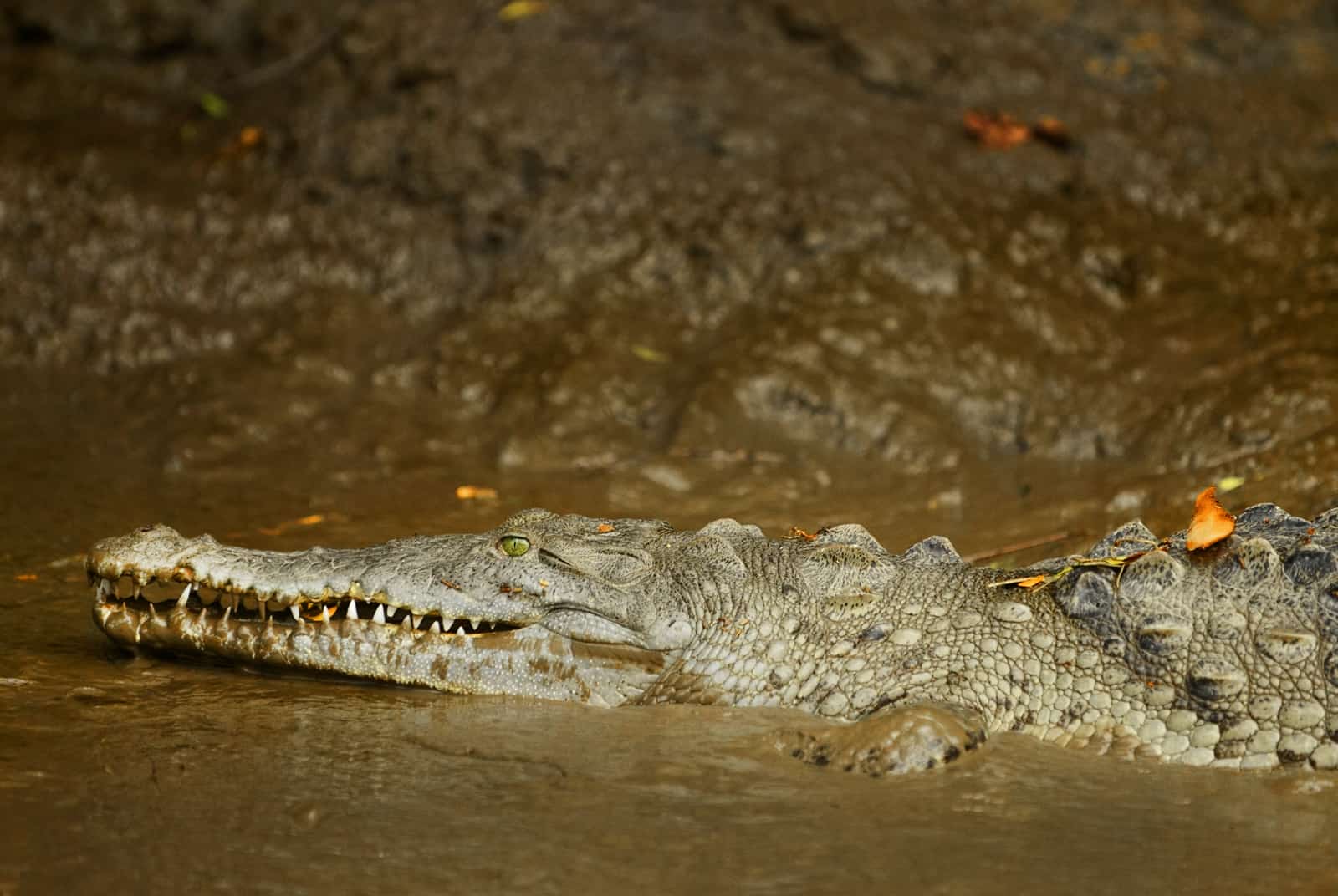Recommended: 6 camouflaged Costa Rican animals you probably haven’t seen
Costa Rica is full of adorable, cuddly and fascinating creatures, and it also has its fair share of animals that could kill you. Though animal-related deaths are extremely rare, it’s good to have an idea of what animals can cause you some serious harm.
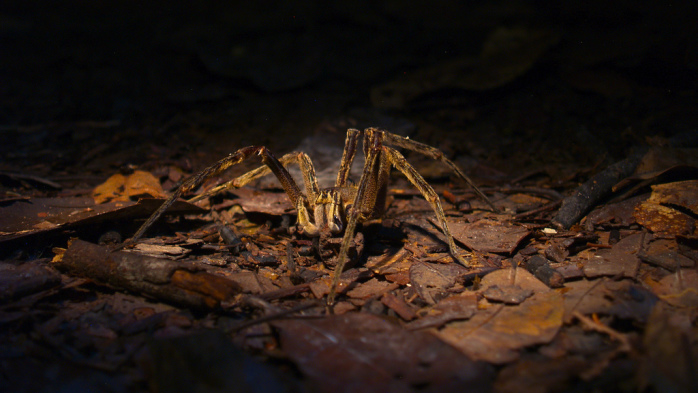
Spiders
Costa Rica is home to some pretty scary-looking arachnids, but of the more than 20,000 species of spiders in the country, only a handful present any danger to humans. Unfortunately, within this handful is the most poisonous spider on the planet. The banana spider (Phoneutria fera), also known as the Brazilian wandering spider, is recognized as the world’s most toxic spider. Using a powerful neurotoxin, a bite from this spider causes a loss of muscle control, and if untreated can eventually kill through paralysis and asphyxiation. The spiders are common in the jungles and banana plantations in Costa Rica, but most bites occur from spiders hiding in boots or socks.
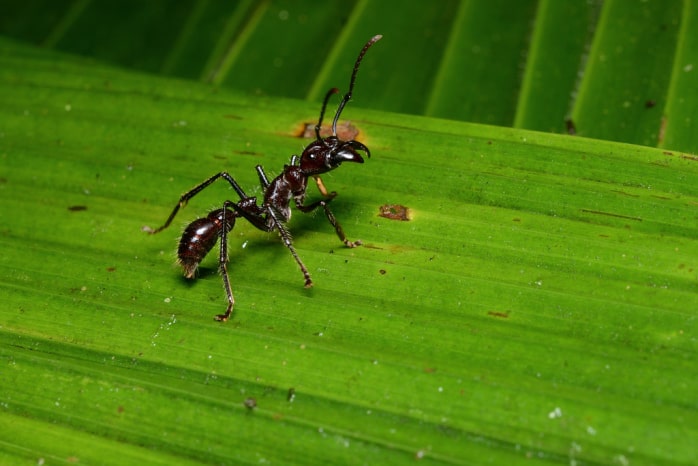
Ants
Costa Rican jungles are full of ants that bite, and while none of these bites will kill you, some may make you wish you were dead.
For the uninitiated, fire ants and leaf-cutter ant bites are enough to bring on some tears, but the real threat is the famous bullet ant (Paraponera clava). Common in Costa Rica and most of Central and South America, bullet ants are widely recognized as having one of the most painful stings of any insect on the planet. Bullet ant victims have described the burning, 24-hour-long pain as worse than being shot, giving the ant its common name.
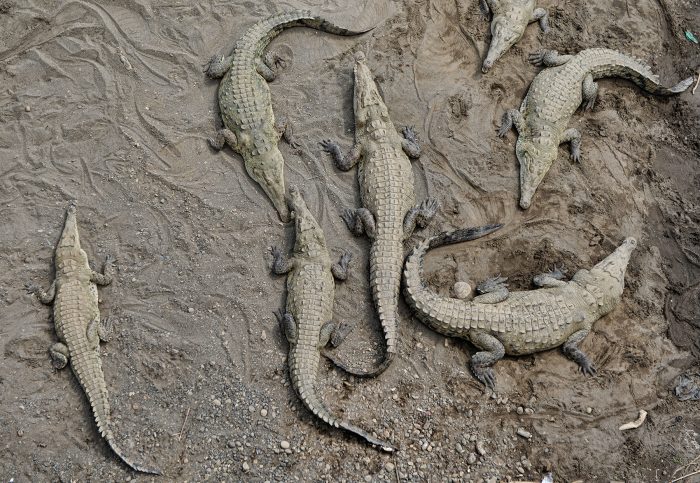
Crocodiles
After the United States and Brazil, both many times larger than Costa Rica, this country has more deaths and attacks caused by the American crocodile (Crocodylus acutus) than any nation in the Western Hemisphere. Since 2013, five people have lost their lives to crocodiles in Costa Rica, and the problem shows no signs of stopping.
In some areas, the expansion of tourist businesses and residencies has put crocodiles in a closer proximity to humans than ever before, while other parts of Costa Rica are now overpopulated with crocodiles fleeing their former territories.
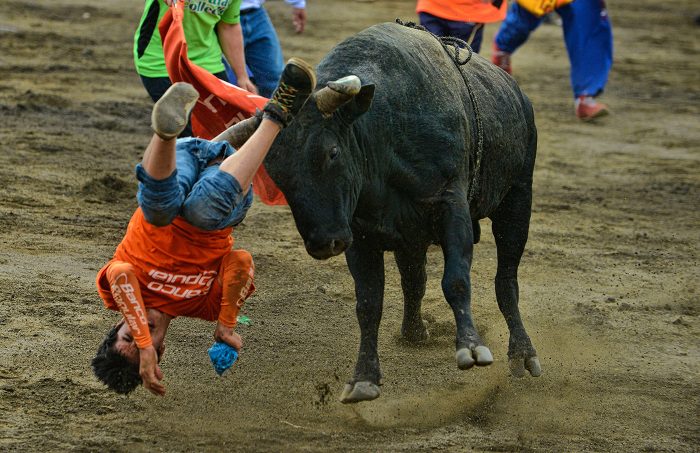
Bulls
It’s no secret that bulls, when provoked, can be dangerous. Yet, for some inexplicable reason, each year thousands of Ticos choose to put themselves into a ring with a pissed-off 600-kilogram beast.
Since 2003, toros at Costa Rican rodeos have killed 17 bull riders and dozens more improvisados, or amateur rodeo clowns. Red Cross officials estimate that during each of the major bull festivals in Costa Rica at least 20-30 people are treated for injuries.
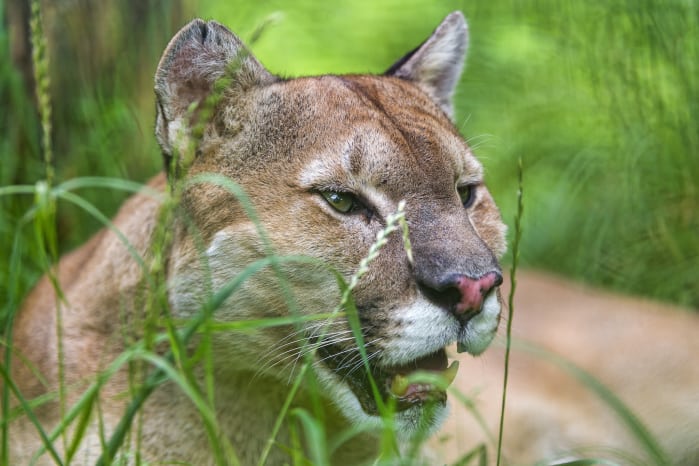
Big cats
Due to its size and powerful bite, jaguars (Panthera onca) are mistakingly thought by many to be the region’s most dangerous cat. Actually, of the cat species large enough to prey on humans, jaguars are the least likely to attack.
On the other hand, cougars (Puma concolor), Costa Rica’s second-largest cat species, have been known to be aggressive towards humans in their territories. But while a puma is certainly powerful enough to wound or even kill a human, attacks are still very rare and there are no reports of deaths in recent years.
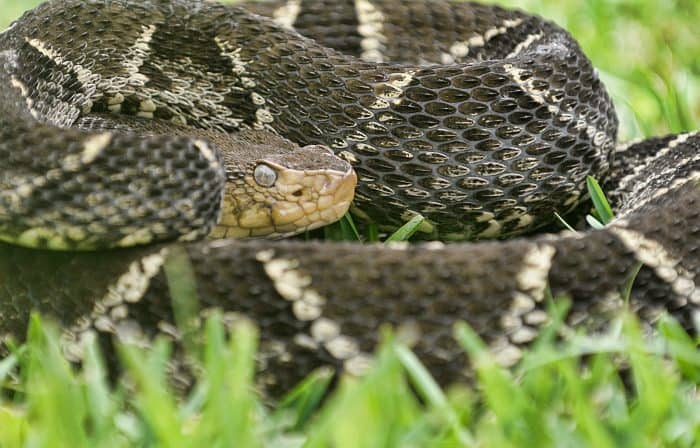
Snakes
There are 22 species of venomous snakes in Costa Rica, and the Clodomiro Picado Institute, a leader in snake-bite research, estimates that the country has at least two deadly snakes per hectare. Between the years 2000 and 2013, an average of 576 people were treated for snake bites per year, mostly in rural communities along the Pacific Coast.
Costa Rica’s most dangerous snake by far is the fer-de-lance (Bothrops asper), known as a terciopelo in Spanish. While this snake is not Costa Rica’s most venomous, its aggression, breeding patterns, and rapid venom production mean it is accountable for nearly all serious snake bites in the country.
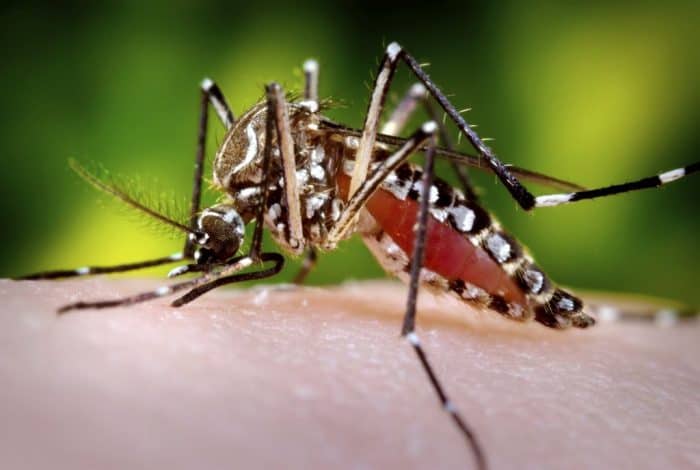
Mosquitos
We end with a small but mighty foe. A mosquito bite likely won’t kill you, but the disease you could get from that bite might. The year 2013 was a record year for dengue in Costa Rica, with more than 40,000 cases and at least 13 deaths.
This year, a new, more dangerous disease has creeped into the country’s mosquitos with the chikungunya virus. The virus produces the same symptoms as dengue — high fever, headaches, muscle and joint pains, nausea and rashes — but is more aggressive and can last for as long as 10 months.
Read previous Into the Wild columns here.
“Into the Wild” is a monthly wildlife column from Tico Times staff writer Lindsay Fendt. Stay tuned the first Saturday of each month for more glimpses into Costa Rica’s extraordinary biodiversity.

